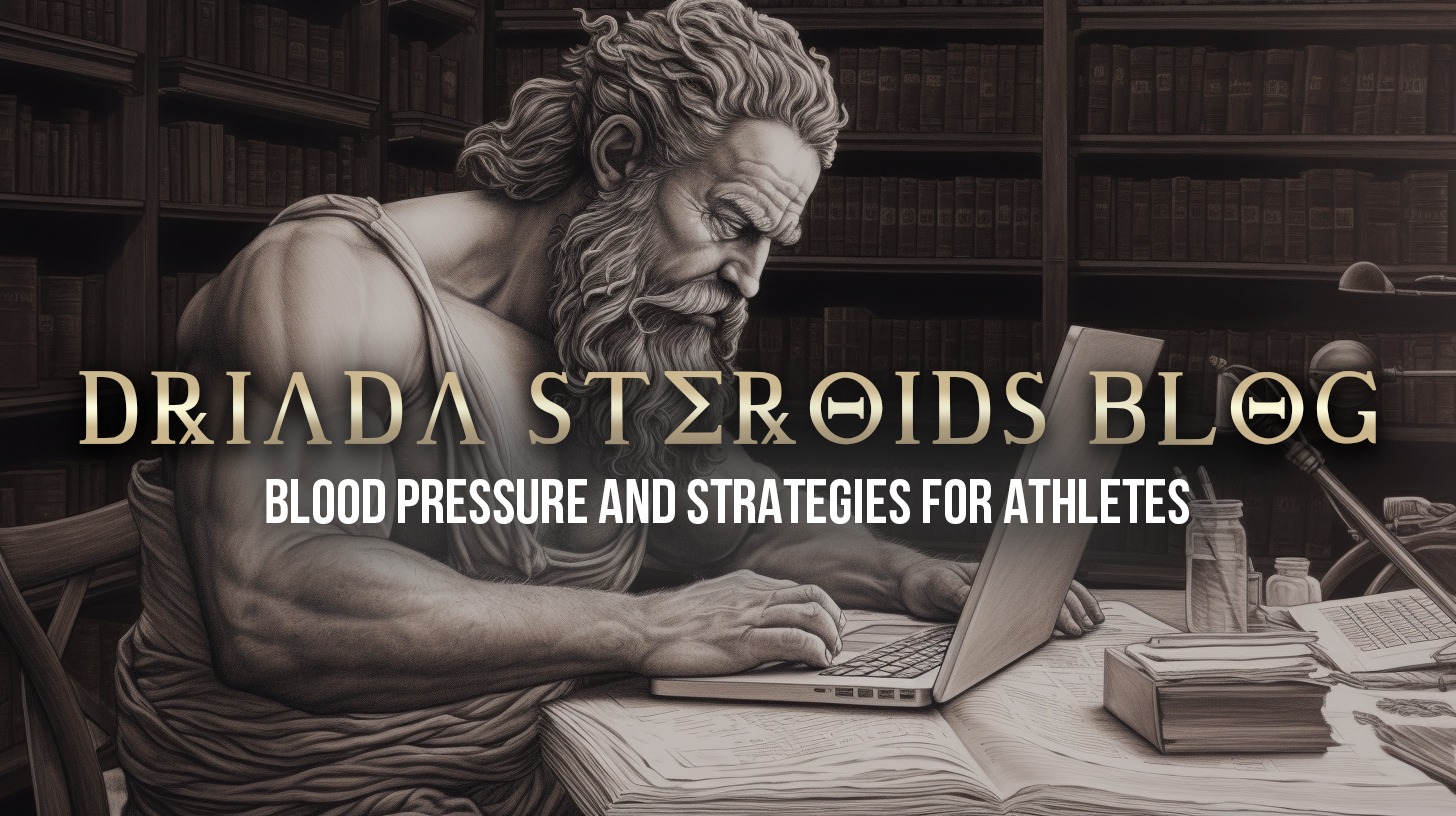31 Oct


Blood pressure (BP) is the hydrostatic pressure exerted by blood on the walls of blood vessels. It varies throughout the circulatory system, with the highest pressure found in the aorta and large arteries, generated by the contraction of the heart chambers. Standard resting BP values for adults are 120 mm Hg during ventricular contraction (systole) and 80 mm Hg during ventricular relaxation (diastole).
Abnormal blood pressure values
- High Blood Pressure (Arterial Hypertension): Defined as BP exceeding 140/90 mm Hg;
- Low Blood Pressure (Hypotension): Typically discussed when systolic BP is below 90 mm Hg.
Causes of high blood pressure
- Genetic predispositions;
- High body fat percentage;
- Increased food intake during the offseason;
- Climate changes;
- Suboptimal electrolyte balance (magnesium, sodium, potassium);
- Suboptimal or low water intake;
- Performance-enhancing drugs (PEDs), including anabolic steroids, growth hormone, SARMs, and potentially insulin.
Mitigation methods for high blood pressure
- Optimal intake of magnesium and electrolytes;
- Adequate water intake;
- Reduction of body fat;
- Use of Cialis (Tadalafil) for vasodilation and potential blood pressure reduction;
- Telmisartan (ARB) for blood pressure management and additional benefits like fat metabolism;
- Nebivolol (beta-blocker) for lowering heart rate and preventing left ventricular hypertrophy;
- Lifestyle modifications such as reducing stress and increasing exercise intensity.
Considerations for blood pressure management
- Regular monitoring and adjustment of medications;
- Individual response to medications based on genetic factors;
- Nebivolol's unique properties, including beta-3 receptor activation and fat metabolism;
- Awareness of potential interactions between medications and anabolic steroids.
It's essential to note that blood pressure management may not require medications year-round, and regular monitoring is crucial. Skilful use of supplements, medications, and lifestyle adjustments can contribute to effective blood pressure control, allowing athletes to optimize their training and overall health.



Leave a Comment